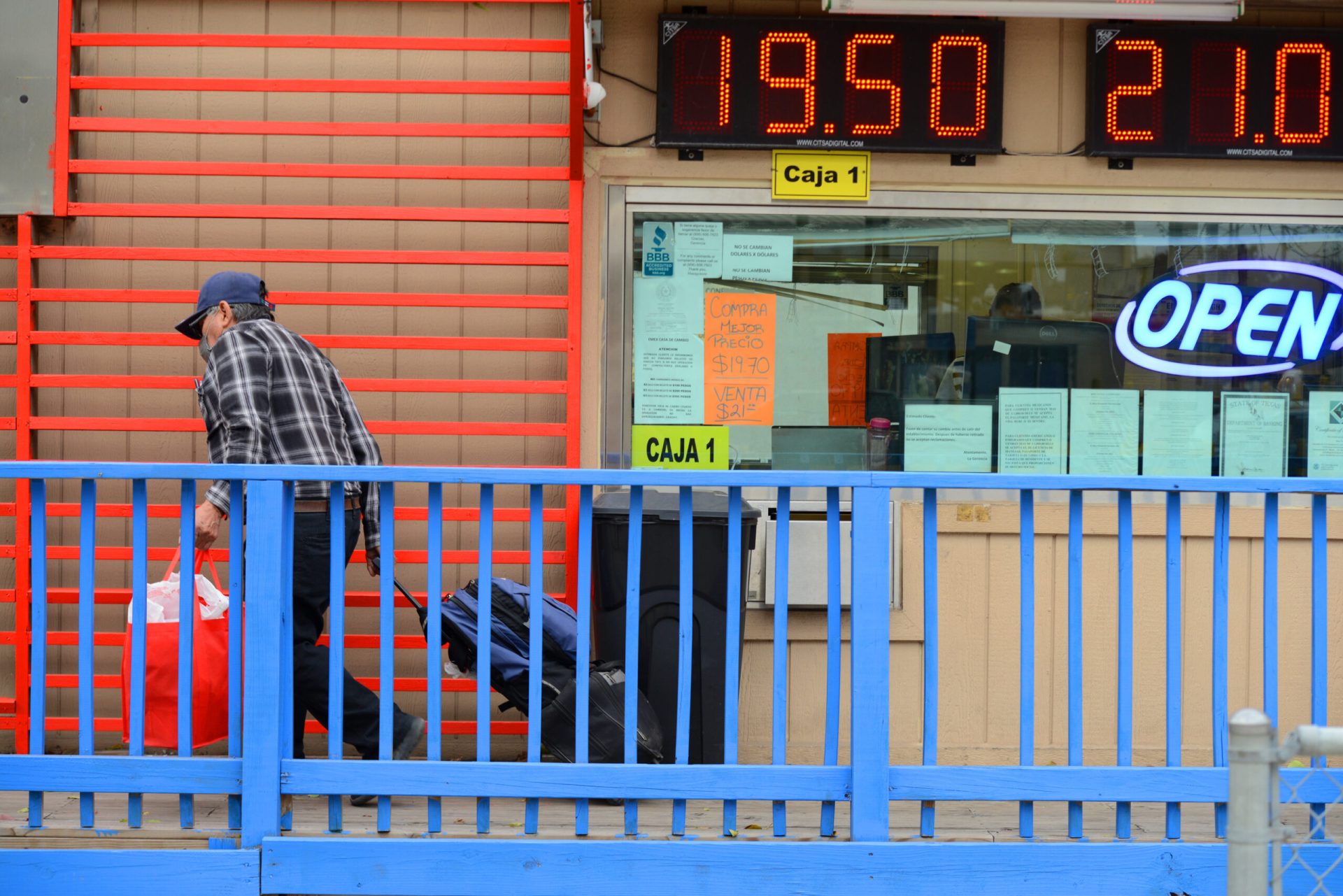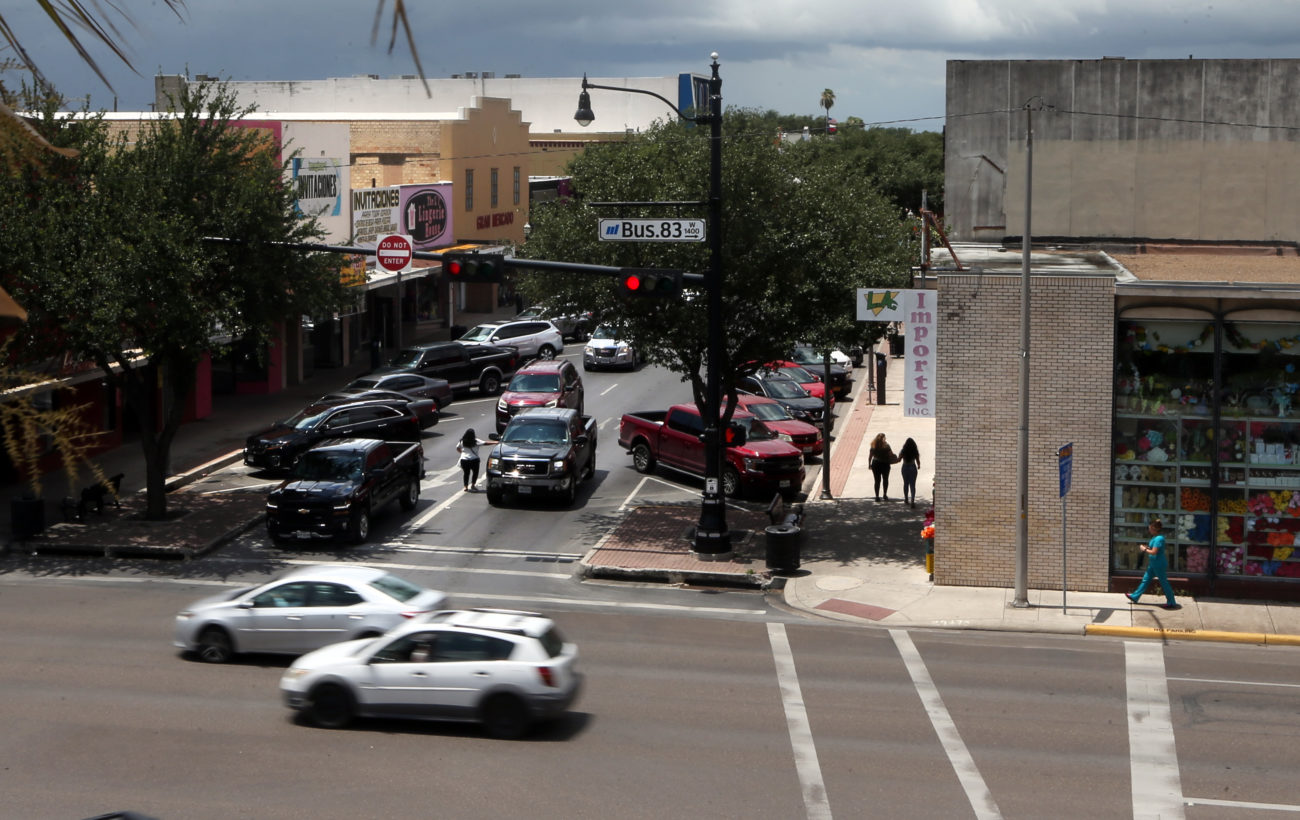|
Only have a minute? Listen instead
Getting your Trinity Audio player ready...
|
The American Immigration Council (AIC) released a report detailing the economic impact immigrants have in the Rio Grande Valley.
The report, which was released in partnership with Texans for Economic Growth and the Brownsville Chamber of Commerce, included three reports for the Brownsville area, the Mid-Valley and the McAllen area.
“The reports highlight the crucial role immigrants play along the U.S.-Mexico border in Texas when it comes to the local labor force and economy,” AIC Publicist Jeff Salzgeber said in an email.
He went on to say that there were more than five million immigrants living in Texas as of 2022. The reports, which were released in September, base the information on data from 2019.
“Immigrants living along the border have contributed billions of dollars in taxes, spent billions of dollars that are reinvested back into their community and across the state, and helped fill workforce gaps in different industries, which are critical to maintaining the vibrant Texas economy,” he said.
According to the reports, there were 98,600 immigrants living in the Brownsville area, or 23.4% of the total population; 33,000 immigrants living in the Mid-Valley, or 19.1% of the population; and 229,200 immigrants living in the McAllen area, or 26.8% of the population.
The reports go on to show that all three areas experienced population growth from 2014 to 2019. However, during that same time period, the reports show that the immigrant population diminished in all three areas.
Between 2014 and 2019, the overall population in the metro area grew from 415,000 to 421,600, or 1.6%, in Brownsville, but the immigrant population decreased from 104,200 to 98,600, or -5.4%.
In the Mid-Valley, the overall population grew from 170,300 to 172,900, or 1.5%, while the immigrant population decreased from 35,800 to 33,000, or -7.9%. And the McAllen metro area population grew from 806,300 to 855,000, or 6.1%, while the immigrant population fell from 237,000 to 229,200, or -3.3%.

Despite the declining immigrant population, they still made up a significant part of the workforce in each metro area while contributing billions of dollars to the area’s gross domestic product, or GDP.
“Texas’ border is one of our state’s greatest assets, and immigrants who live there play a crucial role in driving our economy,” AIC Texas State Organizer Chelsie Kramer said in a news release. “Their billions in tax contributions and local spending stimulate growth across the region and state, while filling workforce gaps in key industries, keeping Texas competitive.”
The Brownsville metro area had 153,000 workers in 2019, of which 46,000 were immigrants, or 30%, who contributed $3.2 billion to the Brownsville metro area GDP. The Mid-Valley area had 67,100 workers, of which 14,800, or 22.1%, were immigrants. They contributed $2.5 billion to the area.
In the McAllen area, there were 302,200 people who worked in the area, and 105,400, or 34.9%, were immigrants who contributed $7.2 billion to the area.
“Brownsville’s economic success and vibrant growth have been significantly fueled by the contributions of immigrants,” Brownsville Chamber of Commerce President and CEO Esmeralda Villarreal said in the news release.
“With deep roots and strong connections to our sister city of Matamoros, Tamaulipas, Mexico, immigrants represent 30 percent of our workforce, and their contributions account for over 29 percent of our city’s prosperity,” she continued. “Their influence goes beyond economics—they enrich our community with a wealth of culture, tradition, and vitality that strengthens the very fabric of Brownsville’s identity and future.”




